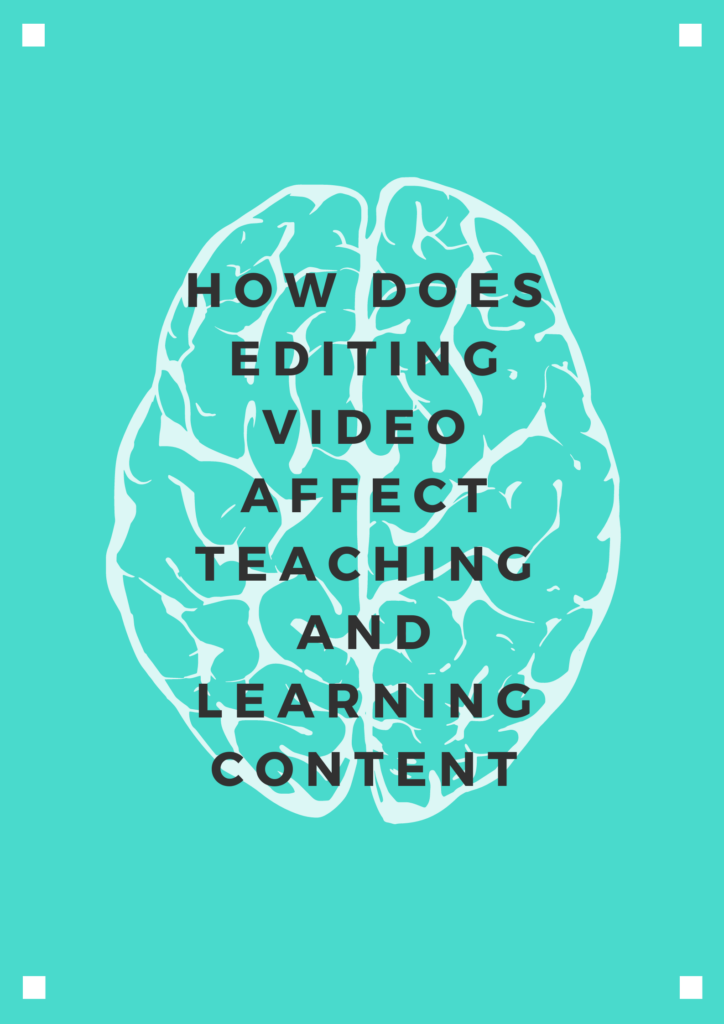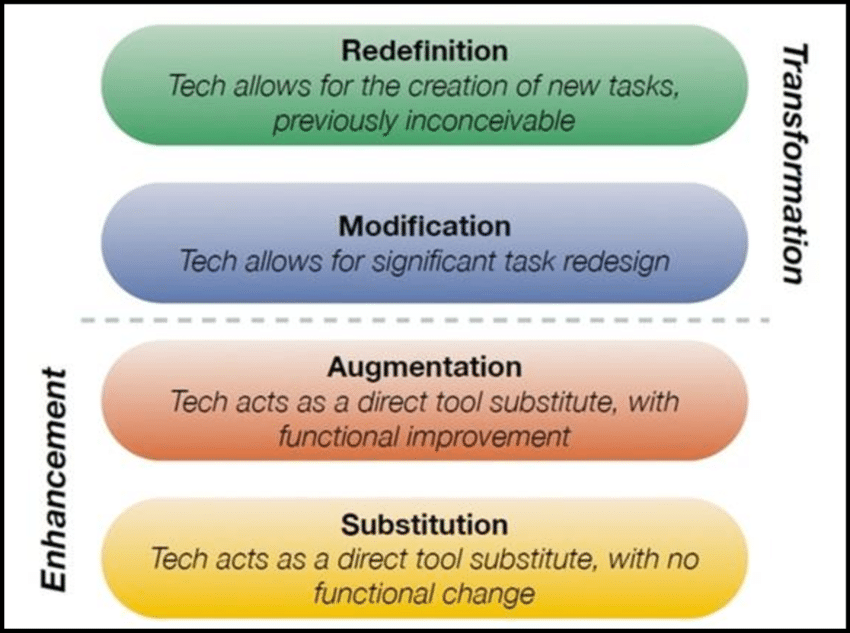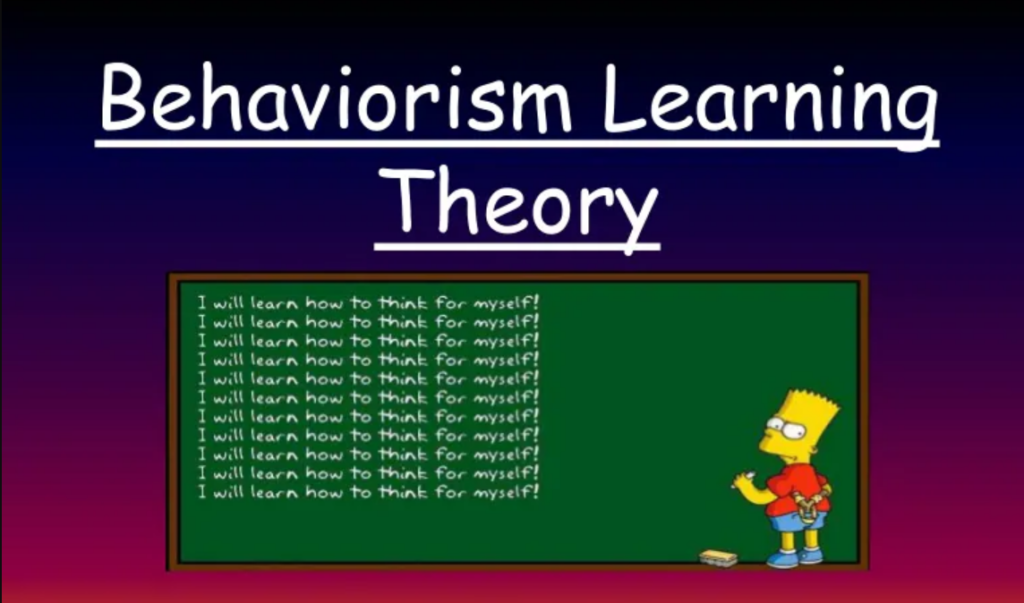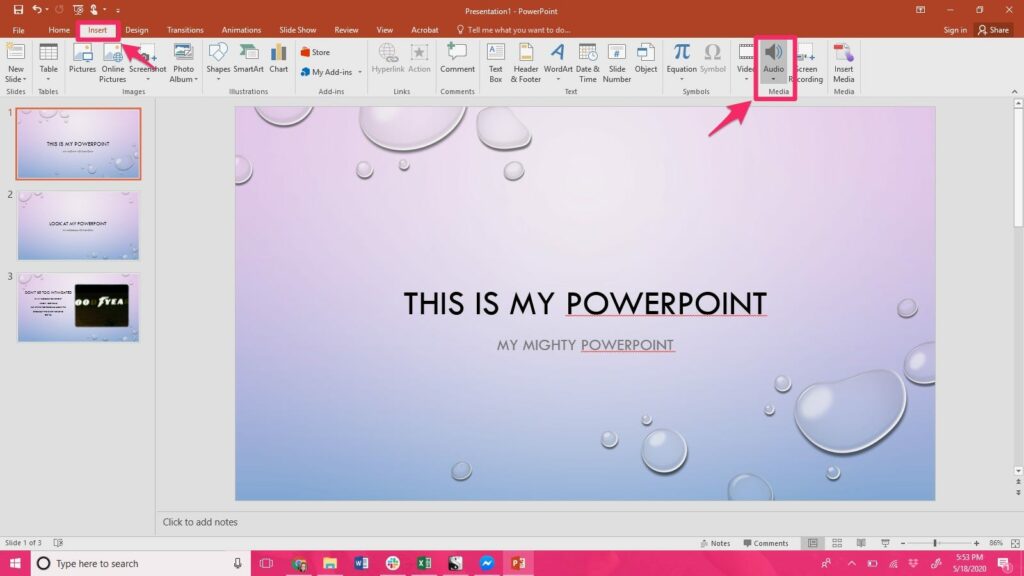
The 21st century is the information age. Multimedia teaching technology, as a new form of education and modern teaching means, brings new hope and influence to traditional education. However, Inappropriate editing or production of instructional videos may make it difficult for students to grasp important information of the learning content.
Instructional videos should be divided into sections so that students can easily grasp the beginning and end of each knowledge point. We need to make sure that each paragraph fades in and out of the video to make it easier for the viewer to watch the point that each paragraph wants to emphasize. Moreover, a proper title and closing title will give viewers a sense of the video’s theme. In addition, teachers may also consider adding subtitles to the voice of the video, which can be convenient for learners not only to hear but also to see what teachers want to express.
Finally, “When using video clips in the classroom, shorter clips (around five to ten minutes) help students learn the information without being overloaded or losing their focus. Longer videos are also effective — however, their total length should typically be limited to no more than 30 minutes.”( Bevan, 2020, Why Videos are Important in Education) Therefore, Short instructional videos around five to ten make it easier for students to grasp the main points of the course contents.
Below is a sample video clip I edited for reference.
References:
Max Bevan, B.B.A. (2020, Mar 25).Why Videos are Important in Education. next thoughts studios. https://www.nextthoughtstudios.com/video-production-blog/2017/1/31/why-videos-are-important-in-education



Recent Comments